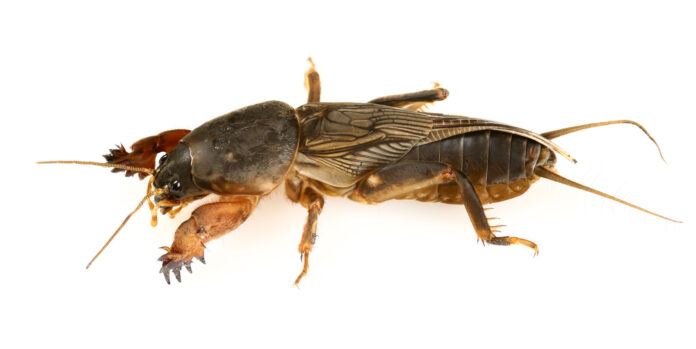- Advertisement -
Using organic methods to control and manage vegetable insects and mites is challenging. But it is possible.
In using an organic method to manage vegetable insects pests, the key is to adopt proper management and control measures for the vegetable insects pests. Choosing crops and planting times wisely. And also relying more on non-insecticidal management methods than insecticide sprays.
Read also: Managing Crop Pests with Integrated Pest Management (IPM)
Here is a list of vegetable insects pests and their organic management and controls.
1. Aphids
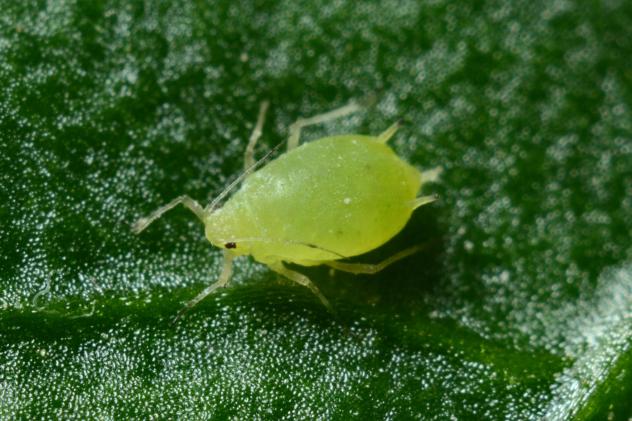
- Use reflective mulch.
- Consider resistant varieties if available. Or varieties resistant to important aphid vectored viruses.
- Use strong water spray to wash aphids from plants.
- Use stylet oil, where appropriate, to help reduce virus transmission.
- Destroy crop residue promptly after the final harvest. Especially helpful with root aphids.Foliar Sprays: Azadirachtin, neem oil, oil sprays, insecticidal soaps.
2. Whiteflies
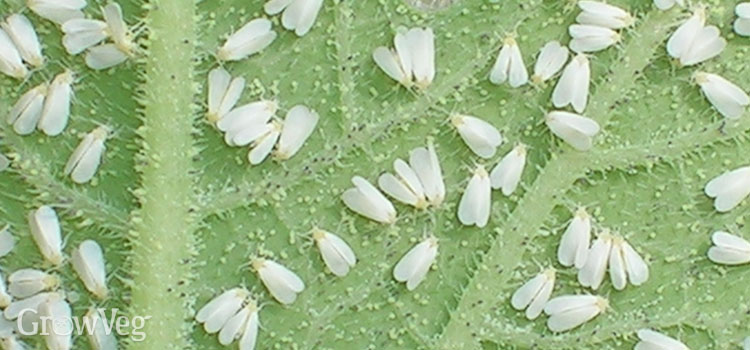
- Put vegetable nursery away from other plants.
- Use reflective mulch.
- Avoid growing whitefly susceptible crops near greenhouses or nurseries.
- Destroy crop residue promptly after the final harvest.
- Foliar Sprays: azadirachtin, Beauvaria bassiana, neem oil, insecticidal soaps.
3. Thrips
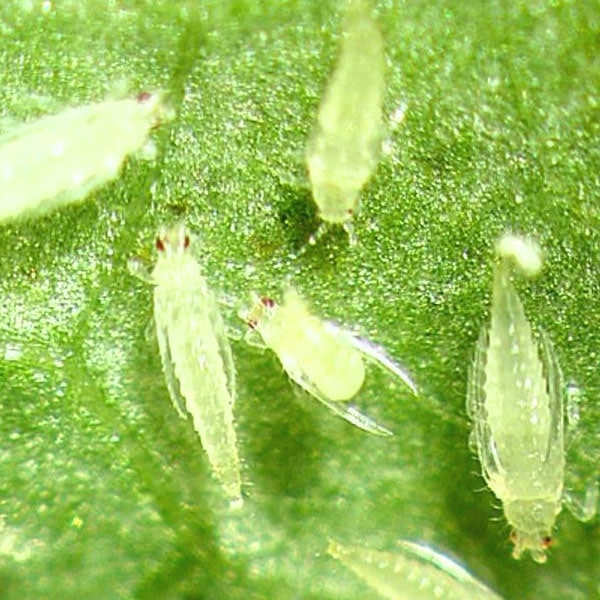
- Grow tomato varieties resistant to tomato spotted wilt virus.
- Use reflective mulch.
- Promptly remove tomato spotted wilt virus-infected plants.
- Avoid mowing or tilling field borders and adjacent fallow fields after transplants are set.
- Foliar Sprays: Spinosad, azadirachtin, neem oil, insecticidal soaps, pyrethrins.
4. Spider mites
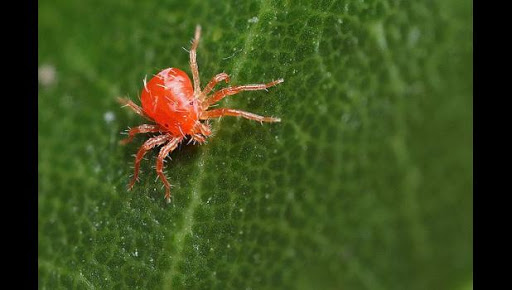
- Plant into a weed-free field.
- Avoid mowing field borders during the drought.
- Avoid water stress.
- Mist leaves with water spray to encourage the outbreak of natural fungal disease.
- Foliar Sprays: neem oil, oil sprays, insecticidal soaps, sulfur.
- Avoid potassium deficiency, drought stress, or excessive nitrogen.
5. Cutworms
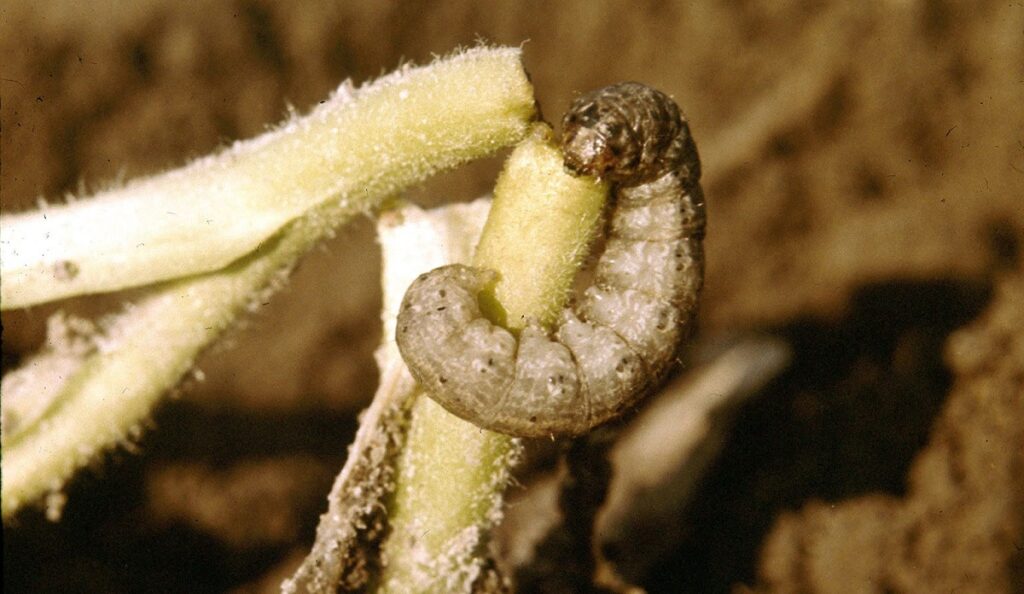
- Plant into a weed-free field.
- Avoid mowing field borders during the drought.
- Avoid water stress.
- Mist leaves with water spray to encourage the outbreak of natural fungal disease.
- Foliar Sprays: neem oil, oil sprays, insecticidal soaps, sulfur.
- Avoid potassium deficiency, drought stress, or excessive nitrogen.
6. Seedcorn/root maggots
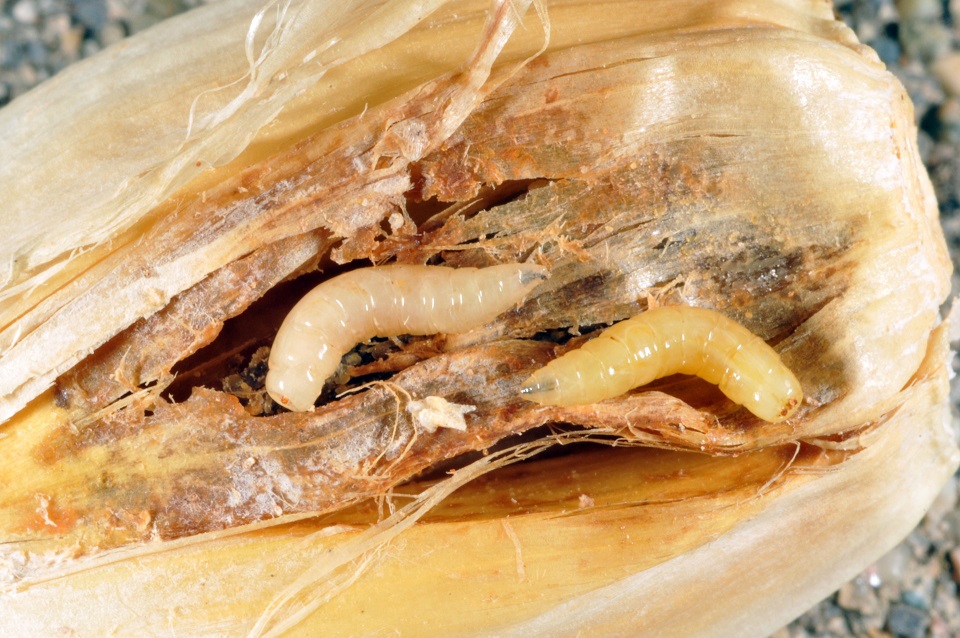
- Apply manure and other organic fertilizers into the soil in the previous season. Or well before planting.
- Till field at least four weeks before planting. Do this to allow weeds and cover crops time to decompose.
7. Mole cricket
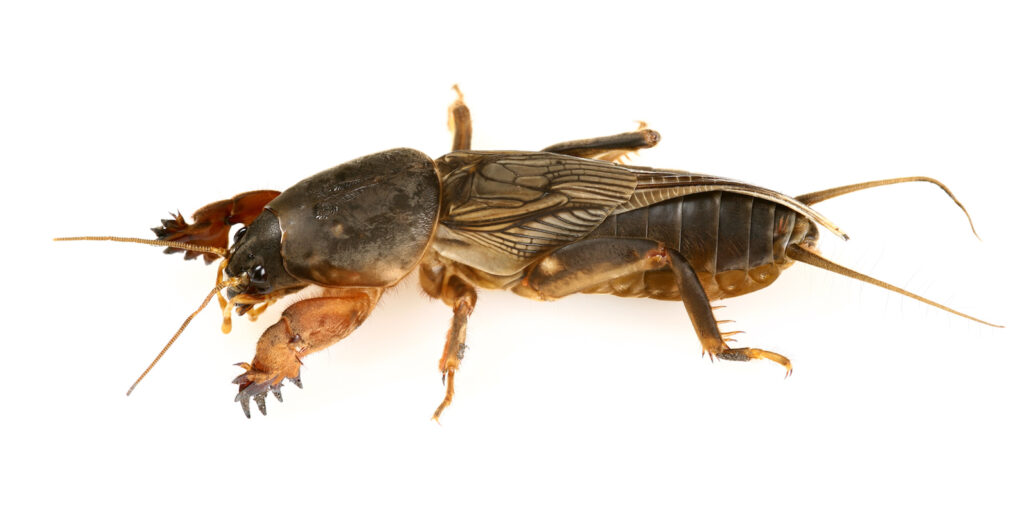
- Use preventive treatment with parasitic nematodes, Steinernema scapterisci.
8. Leaf miners
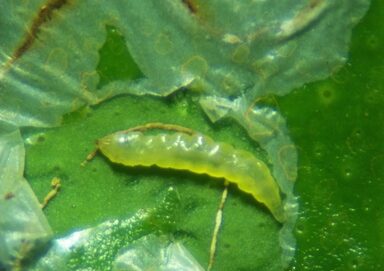
- Use floating row covers where appropriate.
- Foliar Sprays: Spinosad, neem oil.
9. Bean leaf beetle
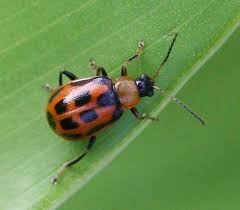
- Grow varieties with resistance/tolerance to key beetle vectored virus diseases.
- Foliar Sprays: Pyrethrins, rotenone + pyrethrins.
10. Flea beetle
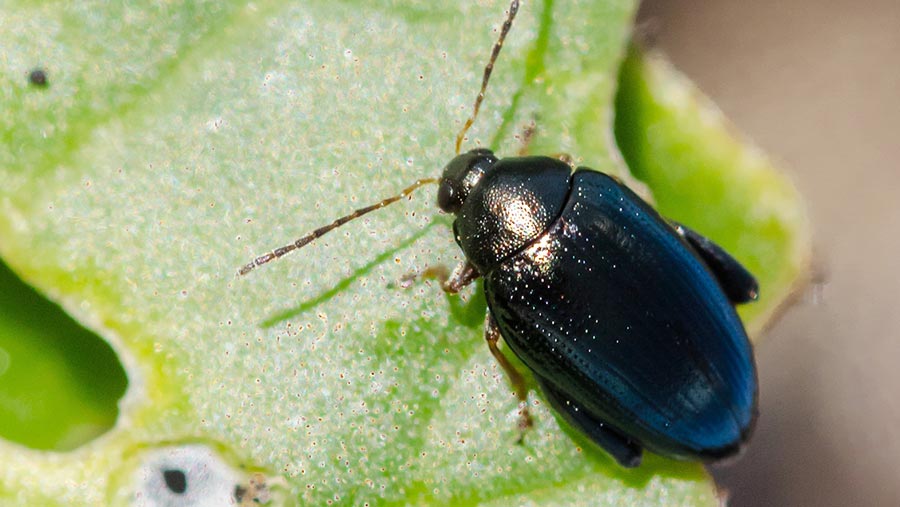
- Maintain good weed control. Many weeds, especially solanaceous weeds, are hosts to flea beetles.
- Destroy crop residue promptly the following harvest.
- Grow insect-resistant sweet potato varieties.
- Parasitic nematodes can help control larvae in the soil.
- Foliar Sprays: pyrethrins, rotenone + pyrethrins, insecticidal soap.
11. Potatoe beetle
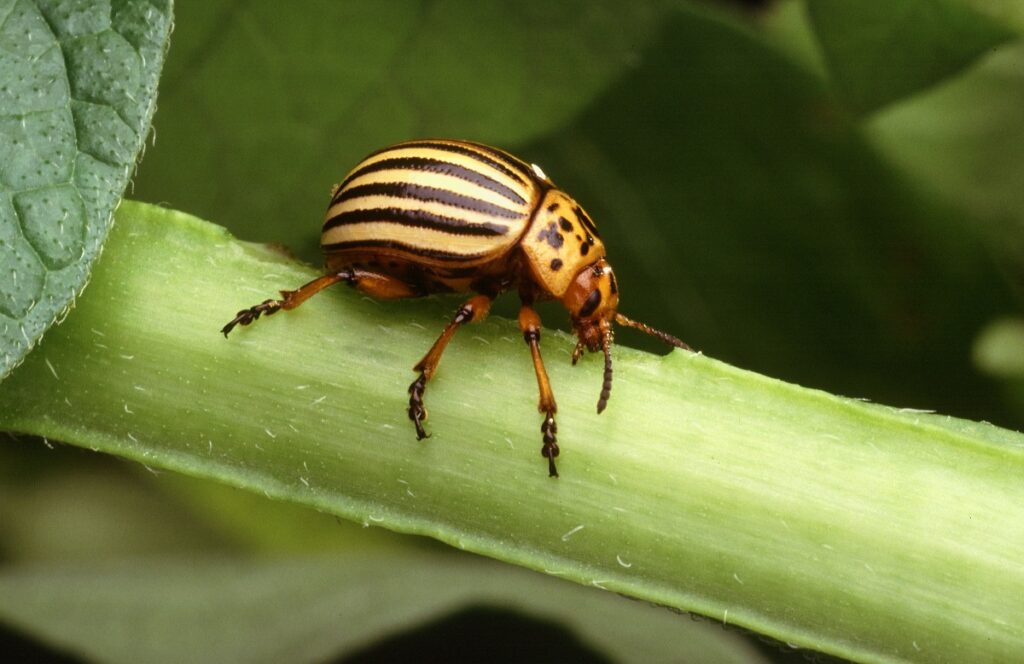
- Avoid planting Irish potatoes following another solanaceous crop. Mulching with straw can help reduce populations.
- Destroy crop residue promptly after harvest.
- Foliar Sprays: Spinosad (target larvae), rotenone + pyrethrins.
12. Blister beetle
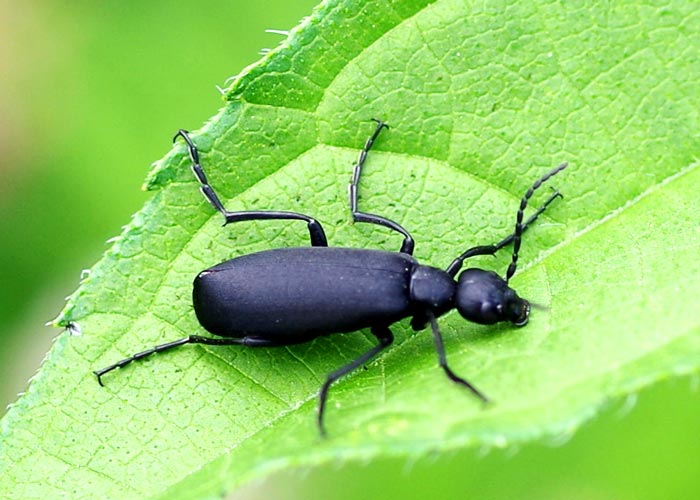
- These insects often occur in clusters. Remove from plants and crush.
- Foliar Sprays: pyrethrins, rotenone + pyrethrins.
13. Cucumber beetle
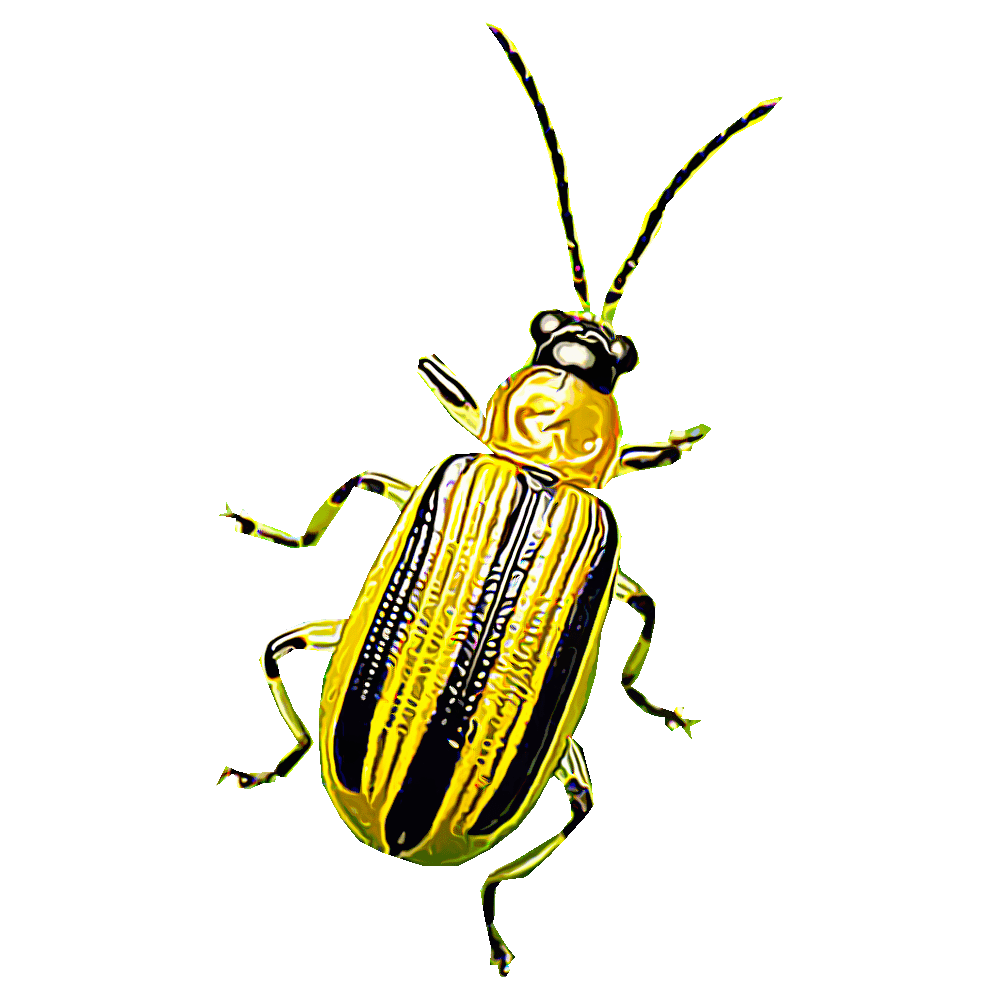
- Avoid early planting to avoid the heavy early flush of overwintered beetles.
- Use floating or hoop-supported row covers to protect young plants.
- Foliar Sprays: Pyrethrins, rotenone + pyrethrins.
14. Cowpea curculio
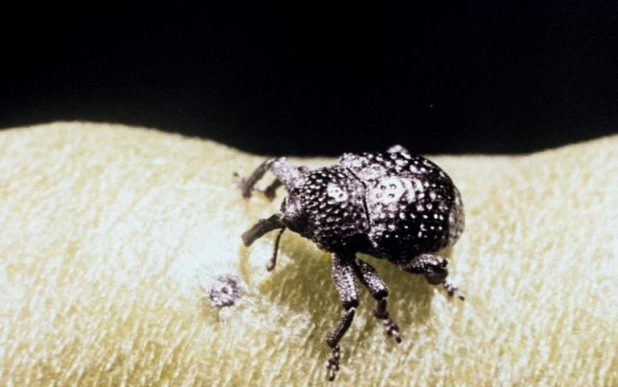
- Practise land rotation.
- Avoid planting successive crops near earlier crops.
- Destroy crop residue promptly after final picking.
- Foliar Sprays: Pyrethrins, Pyrethrins + rotenone.
15. Vegetable weevil
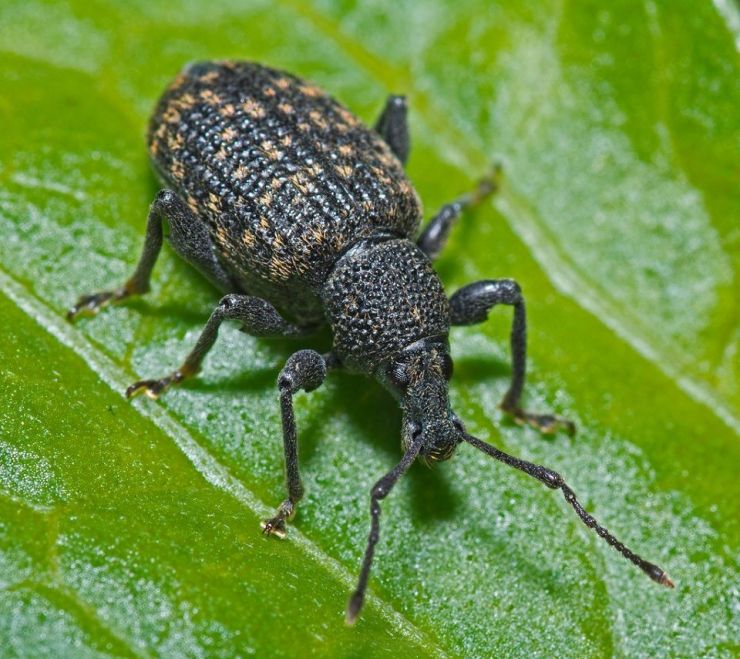
- Practise land rotation.
- Avoid planting successive susceptible crops near earlier host crops.
- Destroy crop residue promptly after the final harvest.
- Foliar Sprays: Pyrethrins + rotenone.
16. Sweetpotato weevil
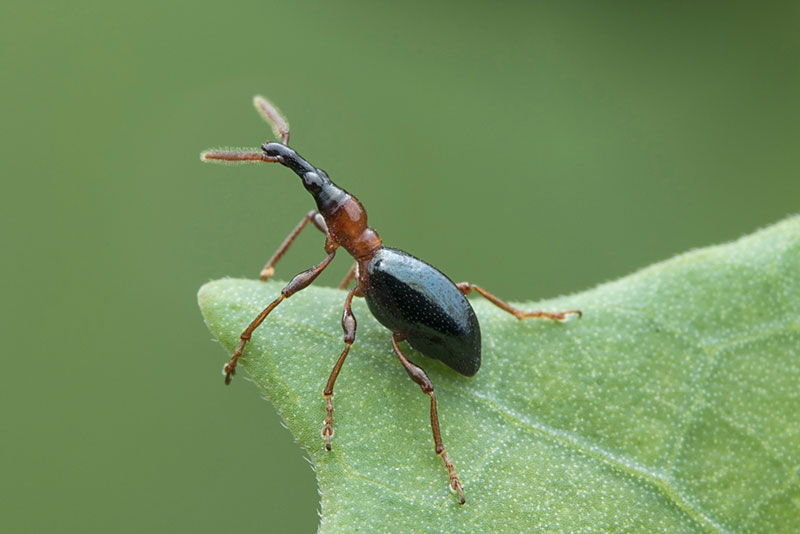
- Plant only certified weevil-free slips.
- Do not transport sweet potatoes from weevil infested areas to non-infested areas.
- Destroy crop residue promptly after harvest.
- Avoid storing potatoes through the dry season, especially in the weevil-infested area.
17. Harlequin bug
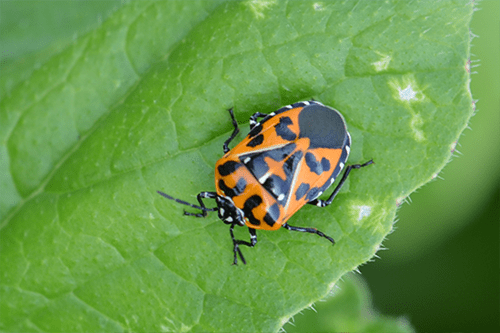
- Plant mustard as a trap to protect less favoured hosts. But destroy the trap before bugs move to the main crop.
- Destroy crop debris promptly after harvest.
- Foliar Sprays: Rotenone + pyrethrins, insecticidal soap.
18. Wireworms
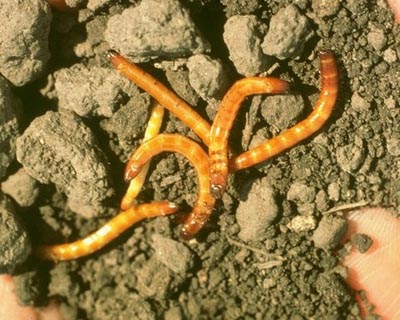
- Till field deeply in the previous fall.
- Avoid planting on recently tilled pastures or fallow fields.
- Grow insect-resistant sweet potato varieties
19. White grubs
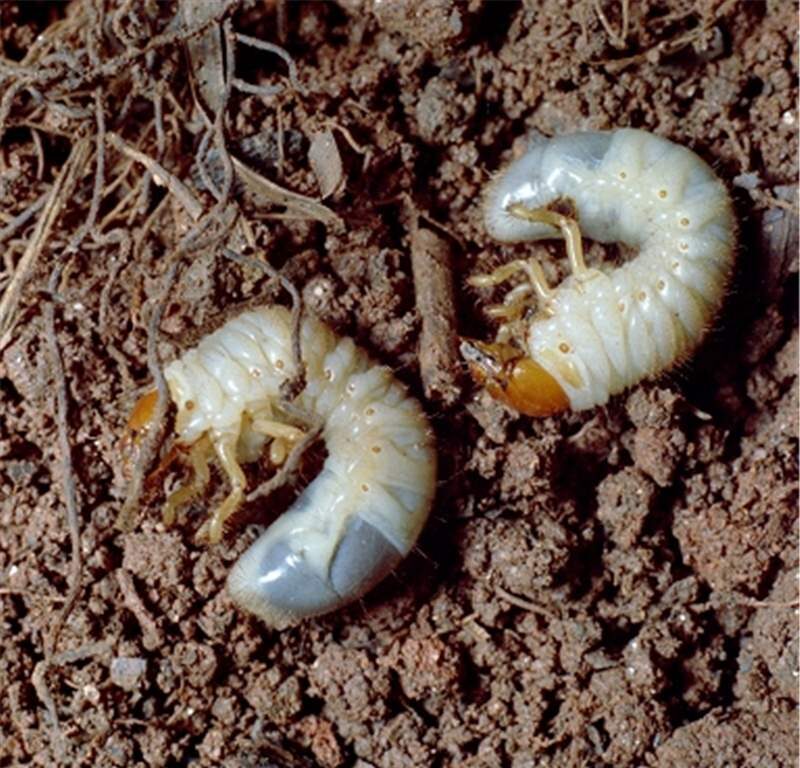
- Till field deeply in the previous fall.
- Avoid planting on recently tilled pastures or fallow fields.
- Grow insect-resistant sweet potato varieties
20. Squash bug
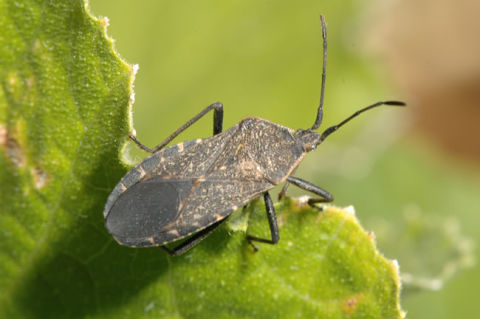
- Use floating or hoop-supported row covers to delay infestations.
- Destroy crop residue immediately after harvest.
- Apply Foliar Sprays: pyrethrins, rotenone + pyrethrins.
21. Stink bug
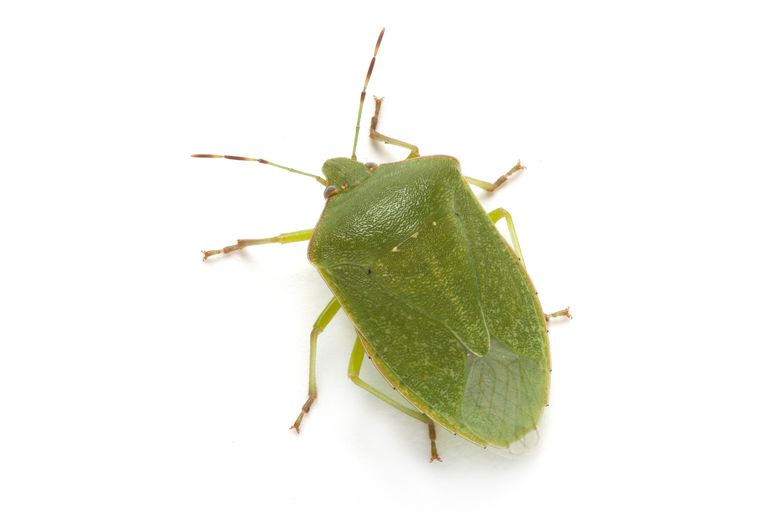
- Grow early crops. Stink bug populations are highest during the hot periods.
- Avoid growing successive crops near earlier crops.
- Vegetable crops should be harvested before nearby agricultural crops mature.
- Destroy crop residue immediately after the final harvest.
- Apply foliar sprays: Pyrethrins, Pyrethrins + rotenone.
22. Leaffooted bug
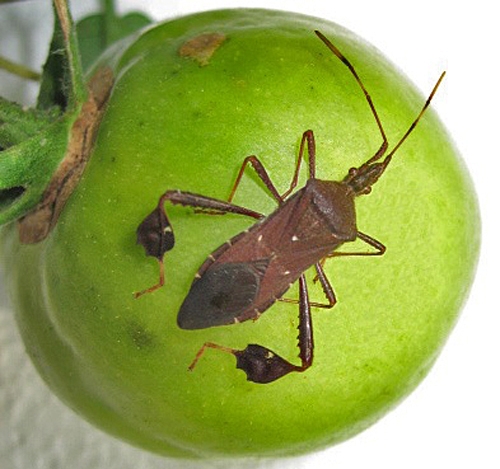
- Grow early crops. Stink bug populations are highest during the hot periods.
- Avoid growing successive crops near earlier crops.
- Vegetable crops should be harvested before nearby agricultural crops mature.
- Destroy crop residue immediately after the final harvest.
- Apply foliar sprays: Pyrethrins, Pyrethrins + rotenone.
23. Tomato fruitworm
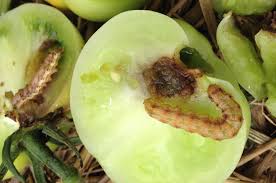
- Grow an early crop. Fruitworm numbers are highest in the hot seasons. Grow corn varieties with long, tight-fitting shucks.
- Foliar Sprays: Spinosad, Bt products, Gem Star (NPV virus).
24. Corn earworm
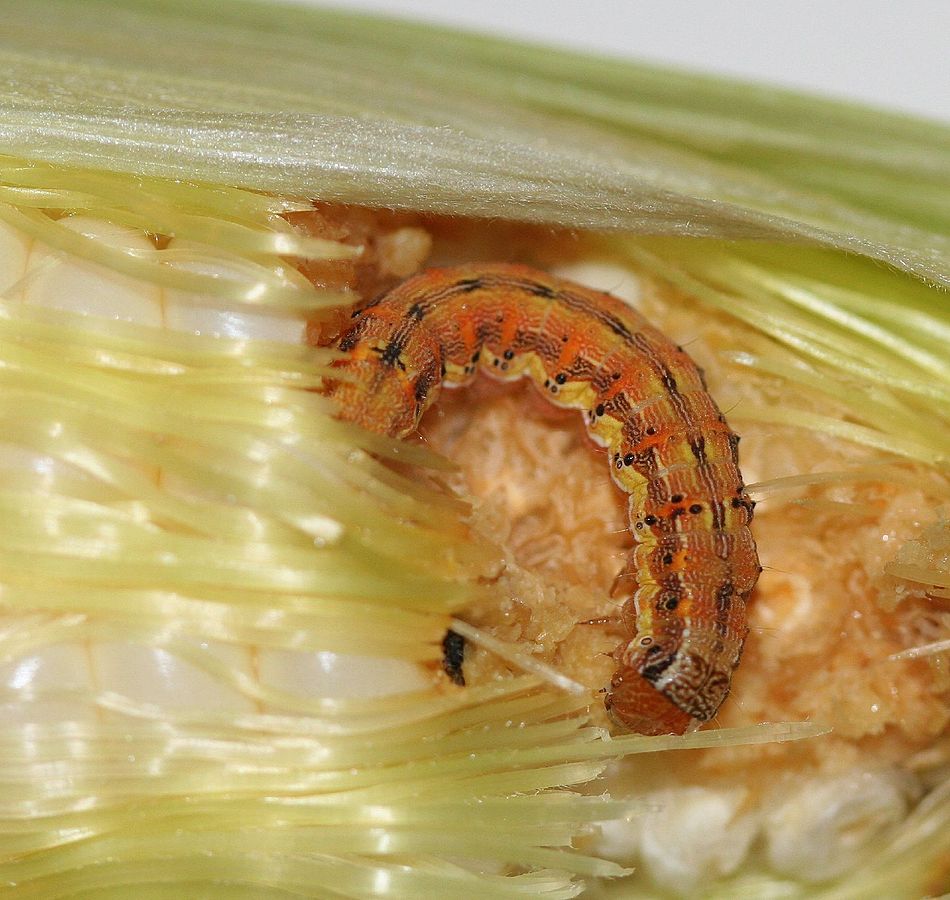
- Grow an early crop. Fruitworm numbers are highest in the hot seasons. Grow corn varieties with long, tight-fitting shucks.
- Foliar Sprays: Spinosad, Bt products, Gem Star (NPV virus).
25. Armyworm
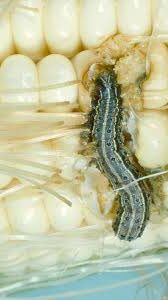
- Grow early crops. Populations increase as the season progresses.
- Remove weeds, especially pigweeds/amaranth.
- Apply foliar sprays: Spinosad, Bts, Spod-X (for beet armyworms only).
26. Diamondback moth
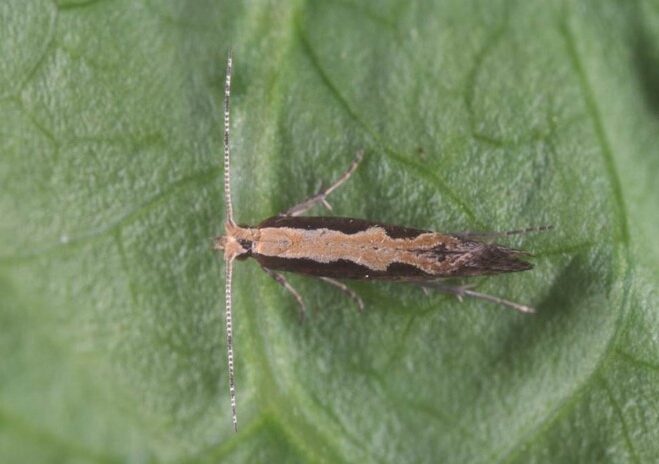
- Use trap crop of collards to reduce diamondback moth infestation on cabbage and other cole crops.
- Apply Foliar Sprays: Spinosad, Bts.
- Use mating disruption pheromone, for diamondback moth only.
27. Squash vine borer
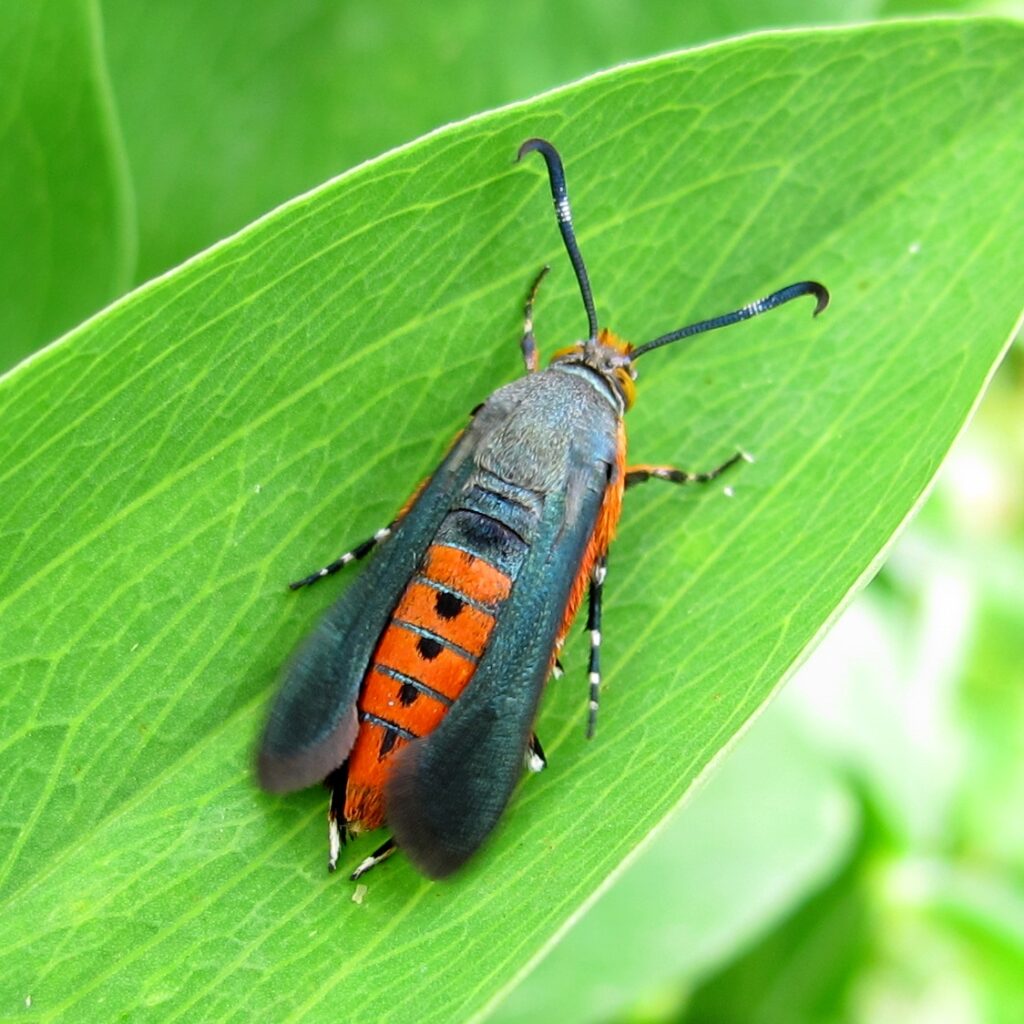
- Grow resistant varieties when applicable.
- Mechanically remove borers from stems. It may be helpful in small plantings.
- Destroy crop residue immediately after the last picking.
- Use foliar sprays: Spinosad (must control newly hatched larvae before they bore into the plant).
28. Pickleworm
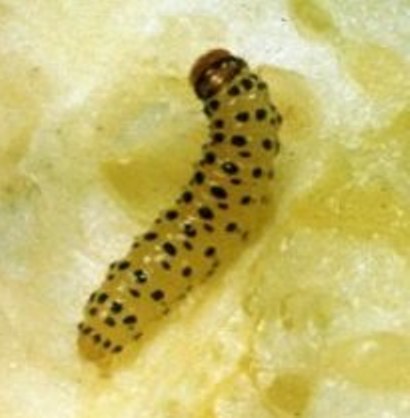
- Grow early crops. Populations are much higher in late season.
- Use foliar sprays: Spinosad, Bts.
29. Melonworm
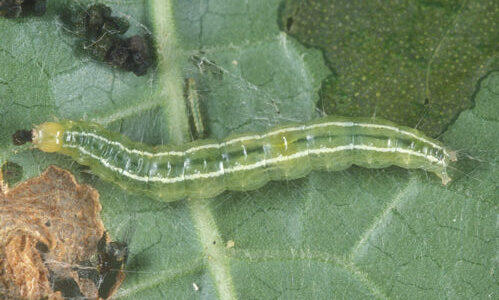
- Grow early crops. Populations are much higher in late season.
- Use foliar sprays: Spinosad, Bts.
30. Slugs
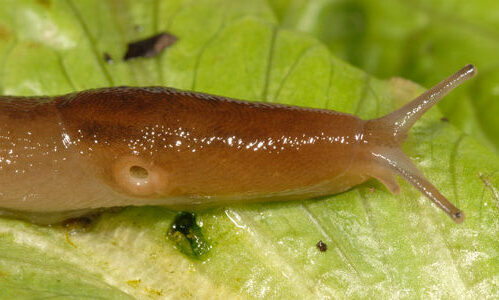
- Till weeds and old crop residue before planting.
- Use Iron phosphate slug bait.
- Beer traps can be effective in small plantings.
31. Fire ants
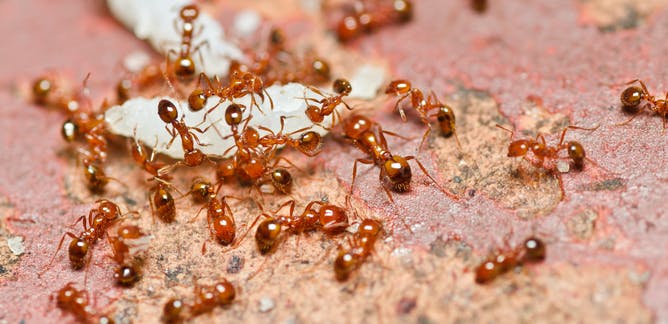
- Tillage will help reduce the number of fire ant mounds in the field.
- Use granular fire ant baits containing Spinosad. Baits are slow-acting. Use in a preventive way.
Reference:
Organic Insect Control for Commercial Vegetable Production – Blake Layton, PhD.
- Advertisement -
